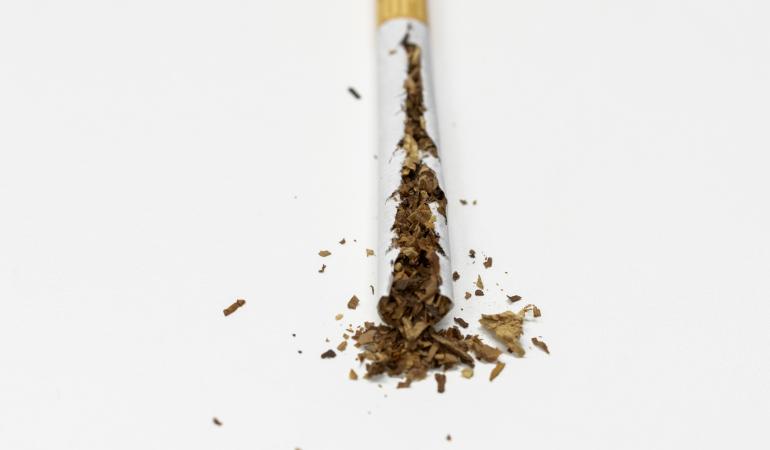
The goal of the European Tobacco Products Directive is to make tobacco products and e-cigarettes less harmful, addictive and attractive. The directive does not specifically state which substances are not allowed in tobacco products and e-cigarettes. That is why the Dutch Ministry of Health, Welfare and Sport asked RIVM to prepare a recommended list of banned substances.
This list clarifies the existing law. It will make it easier for enforcement agencies to check tobacco products and e-cigarettes for banned substances. The Minister of Health, Welfare and Sport will decide if he is going to adopt this list into the Dutch law as a clarification of the European directive. RIVM also advises expanding the list if required. For example, if new substances come into the picture that fall under the EU (European Union ) directive.
Different criteria
When preparing the list, RIVM looked at the criteria in the EU Tobacco Products Directive. For example, products must not contain substances that could give people the idea that smoking or vaping is good for their health. Vitamins are an example of this. Substances that cause cancer are also banned. Finally, e-cigarettes must not contain any substances in the liquid or vapour that are bad for your health.
Similar lists in other countries
Countries like Germany and Belgium already have a similar list. The substances on those lists formed an important basis for the RIVM list. RIVM also added substances, such as nicotine salts. These are commonly used in e-cigarettes. There is evidence that nicotine salts cause less irritation than freebase nicotine. This makes the vape easier to breathe in.
It is expected that this list will make tobacco products and e-cigarettes less harmful, addictive and attractive. Even without additives, smoking and vaping are still bad for your health.
For more information on how to make cigarettes less harmful, addictive and attractive see this publication by RIVM as well.